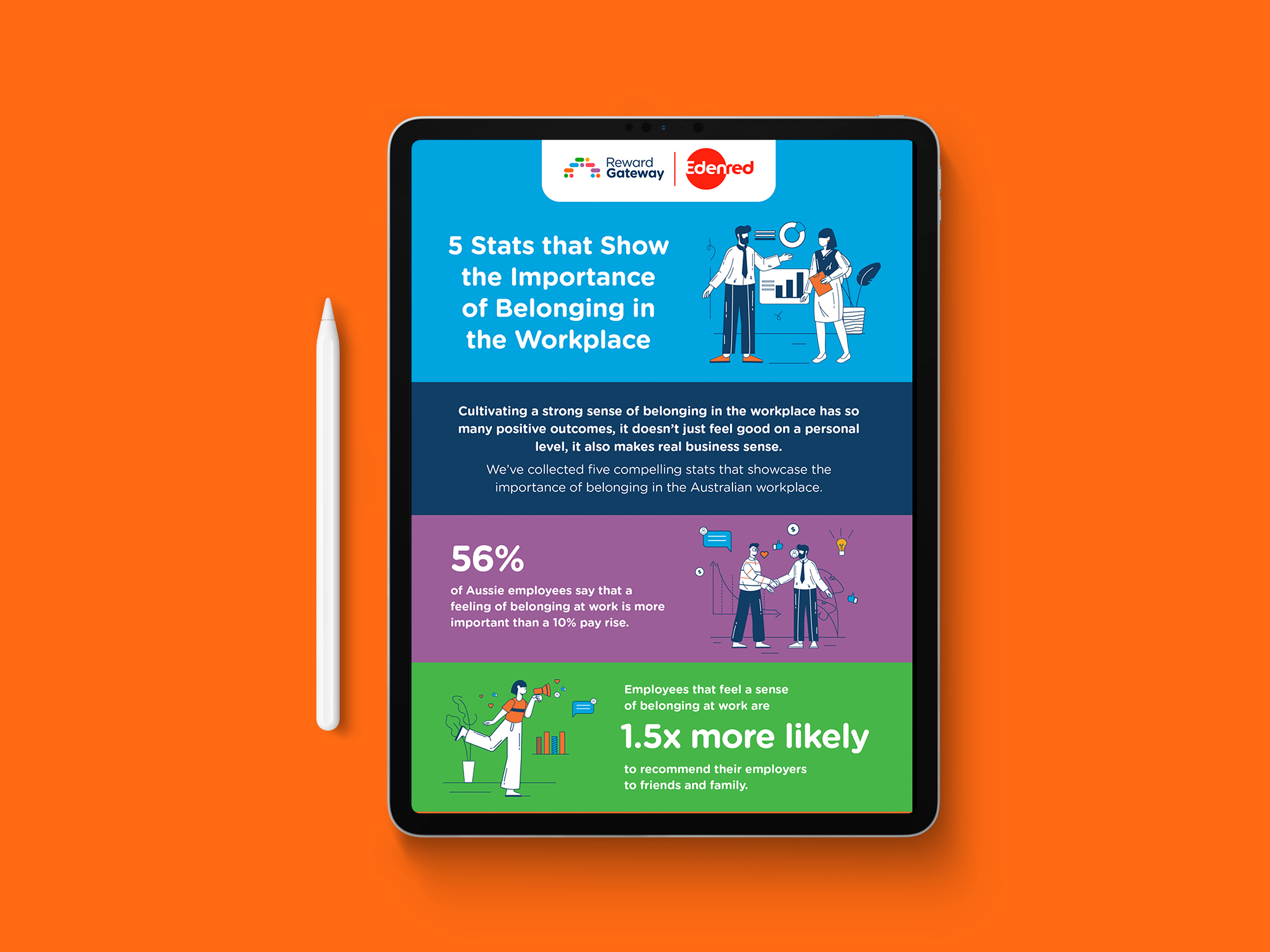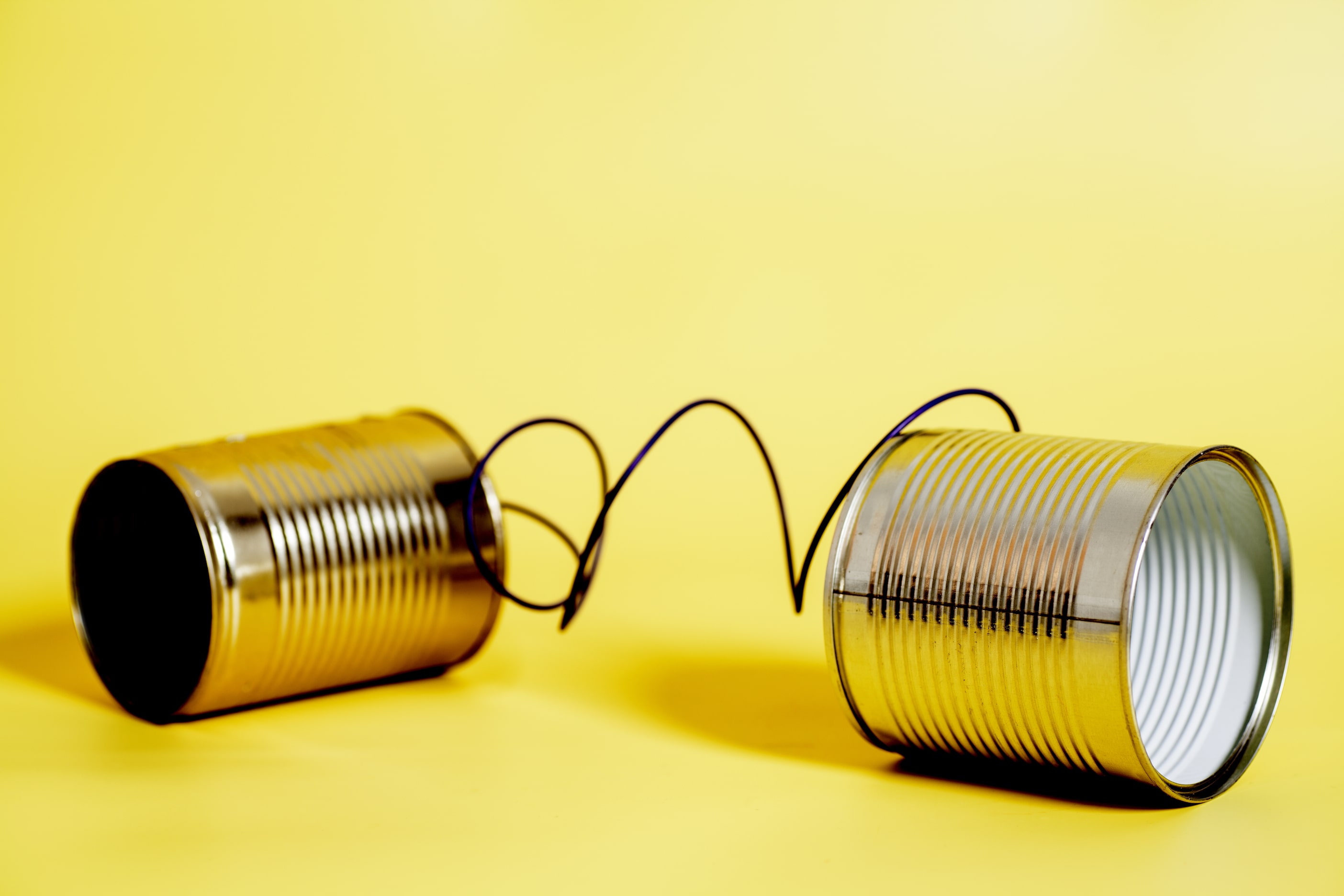
3 min read
It’s a truth universally acknowledged within the world of business that receiving an unwelcome phone call just before a big pitch, in the middle of a deadline, or at the very moment you’re slipping on your coat at the end of the day can be infuriating.
But in the modern day, when colleagues, clients and prospects are just a phone call, email, tweet, post or InMail away, what are the new rules of etiquette when it comes to methods of communication and when to use them?
 We’ve all ironed out some of the basics, like the fact that work-related phone calls to personal mobiles shouldn’t be made too far outside the perimeters of standard office hours.
We’ve all ironed out some of the basics, like the fact that work-related phone calls to personal mobiles shouldn’t be made too far outside the perimeters of standard office hours.
Nobody is going to be particularly receptive (or pleased!) taking a call when they’ve just sat down for dinner with their kids/partner/dog/Netflix subscription (delete as appropriate).
But what exactly is the correct etiquette when it comes to how we should all be contacting one another and what types or methods of communication we should use?

It’s a bit like figuring out how to greet a new group of people in a social setting. Do you go for a handshake, a hug, one kiss on the cheek, two kisses...? Striking the balance is tough, and the same goes for communication in the workplace and in the world of business in general.
It’s not just cold-callers who have to handle this dilemma. It happens when you move to a new role or department, or start a new job, with brand new colleagues. It happens when you bring a new client on-board. And it happens when you suddenly need a favour or some information from someone at work you’ve just never spoken to before.
Of course, once first contact is made, you may well be able to pick up signals on how to effectively communicate. But where to begin?
Let’s weigh up the pros and cons when it comes to workplace communications.
 Emails mean the recipient is afforded the luxury of replying in their own time, but can also seem a bit impersonal. Words on a page can’t convey intention and meaning as well as a human voice can or the different signals and impressions we give during face-to-face conversations.
Emails mean the recipient is afforded the luxury of replying in their own time, but can also seem a bit impersonal. Words on a page can’t convey intention and meaning as well as a human voice can or the different signals and impressions we give during face-to-face conversations.
LinkedIn and InMail is a slightly different kettle of fish. LinkedIn may claim that an InMail is 30 times more likely to receive a reply than a cold call, but the fact is, for many of us, keeping on top of our LinkedIn mailbox is a lesser priority than our work accounts, meaning there is a communication barrier present and things may get missed or outright ignored.
 And what about phone calls? In my previous job as a b2b magazine editor, it was irritating when an unsolicited caller insisted on speaking to me when I was several hours and several unfinished pages away from publication deadline. Had they approached me via email, I’d have been able to reply once my deadline had passed.
And what about phone calls? In my previous job as a b2b magazine editor, it was irritating when an unsolicited caller insisted on speaking to me when I was several hours and several unfinished pages away from publication deadline. Had they approached me via email, I’d have been able to reply once my deadline had passed.
But having also been on the other end of things, I myself would choose to make first contact via phone call over an email any day, and in almost any scenario. It’s far more personal, it’s far easier to convey personality and intention, and while an email just lands you on the recipient’s desktop, a phone call puts you in their ear.
 When communicating with individuals within or outside your company you need to make sure it’s as effective as possible. So step one is to know what workplace communication method would work best with who you are trying to reach and what you want to convey. Keep in mind to put yourself in the shoes of who you are trying to reach and go from there.
When communicating with individuals within or outside your company you need to make sure it’s as effective as possible. So step one is to know what workplace communication method would work best with who you are trying to reach and what you want to convey. Keep in mind to put yourself in the shoes of who you are trying to reach and go from there.
We’re curious to hear your opinions on this topic. Is there a specific way you prefer to receive or make contact? Share your thoughts below.
Oh, and for future reference, I’m a hugger. Sorry about that.
 Grace Holliday
Grace Holliday



